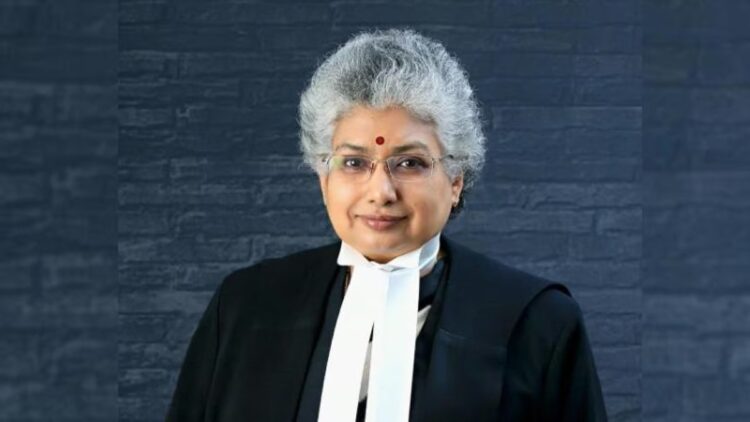“It’s a very unhealthy and embarrassing trend,” said Justice BV Nagarathna on governors delaying state government laws
Referencing the Punjab Governor case, Supreme Court Judge BV Nagarathna issued a warning on Saturday against governors sitting on measures approved by elected legislatures indefinitely.

During the opening session of the fifth Courts and the Constitution Conference, which took place at the NALSAR University of Law, Justice Nagarathna discussed the Maharashtra Legislative Assembly case as an additional example of gubernatorial overreach. In this case, the governor did not have enough information to declare the floor test.
“This is not a healthy trend under the Constitution to bring the actions or omissions of the Governor of a state for consideration before constitutional courts,” she said.
“I think I must appeal that the office of a governor, though it is called a gubernatorial post, the governor’s post is a serious constitutional post, the governors must discharge their duties under the constitution in accordance to with the Constitution so that this kind of litigation before the law courts is reduced,” said Justice Nagarathna.
Justice BV Nagarathna of the Supreme Court.
SC flays RN, asking, “What was Governor doing for three years?” Ravi about the delayed assent of the Bills
She said that telling the governors what to do or not do is quite humiliating. Thus, she continued, the time has come for them to be instructed to carry out their responsibilities in accordance with the Constitution.
Days before, Justice Nagarthna made remarks after the expression of “serious concern” by a three-judge bench led by Chief Justice of India D Y Chandrachud on the actions of Tamil Nadu Governor RN Ravi, who declined to reappoint DMK politician K Ponmudi as a minister in the state cabinet.
Additionally, Justice Nagarathna highlighted her disagreement with the demonetisation case.
She said she had to object to the central government’s decision since, at the time of its announcement in 2016, 86% of all currency notes in circulation consisted of Rs. 500 and Rs. 1,000 notes, and 98% of those notes resurfaced after being outlawed.
The Indian government demonetized Rs. 500 and Rs. 1,000 banknotes in October 2016, ostensibly as a move against illicit financial transactions.
“First of all, 86% of the currency was demonetised, and 98% of it returned as white money, so I assumed that this demonetisation was a means of changing money into white money.
The bank received all of the uncounted cash back.
Justice BV Nagarathna of the Supreme Court.
Akhilesh Yadav calls demonetisation the “biggest corruption” in history.
Thus, I believed it to be a useful method of acquiring unaccounted for funds. I was so really moved by the situation of this simple guy. I had to disagree as a result,” the judge said.
Speakers at the seminar included Justices Sapana Pradhan Malla of the Supreme Court of Pakistan and Syed Mansoor Ali Shah of the Supreme Court of Nepal.
According to a news release from NALSAR, speakers at the conference included Chief Justice Alok Aradh of the Telangana High Court and Chancellor Justice S Ravindra Bhat of NALSAR.
Justice BV Nagarathna of the Supreme Court.
Please watch what you say, or else we’ll file a lawsuit: Mann to Guv Banwarilal Purohit







